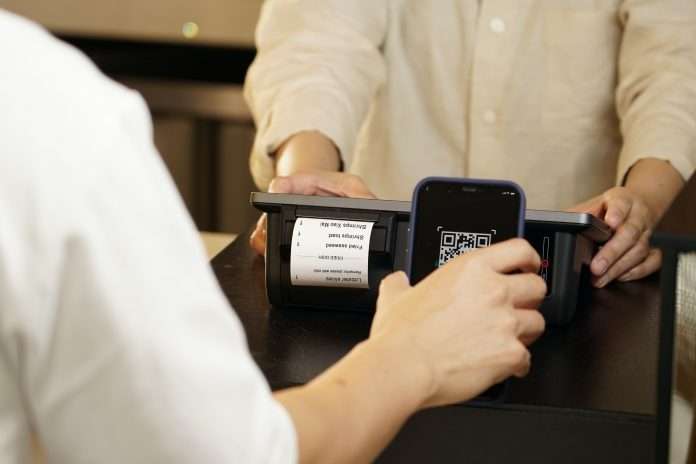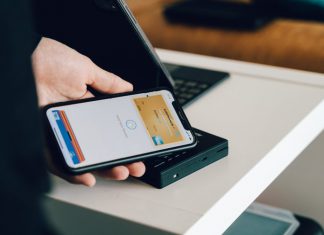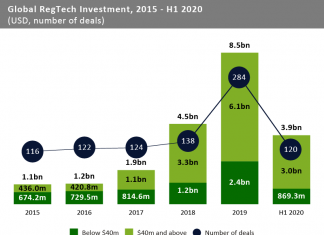Scanbot recently took the opportunity to dig deeper into the topic of QR code authentication and its role in security.
In today’s digital era, ensuring the safety of our sensitive information and online presence is paramount. Among the various measures to secure online account access—ranging from password managers to two-factor authentication—QR codes stand out as dependable authentication tokens.
The phone-as-a-token concept lies at the heart of QR code authentication. This technique facilitates multi-factor authentication for organisations, employing QR codes encapsulating time-based one-time passwords. The result? An enhancement in both user security and overall experience during logins.
Here’s a simple breakdown of the QR authentication process. The user’s desired software or website produces a distinct QR code. Using a mobile application equipped with a barcode scanner, the user scans this code. The application decodes the barcode information, cross-checking it with the website or software. On successful verification, the user gains access to their account.
Consider an example: A user intends to access their bank’s portal via a desktop. The portal showcases a QR code linked to the user’s account. The user then deploys their mobile device’s app to scan this code. This instigates a cryptographic validation between the app and the server to confirm the QR code’s genuineness. A successful verification grants the user seamless account access through a mere scan.
This authentication form excels in security, eliminating password necessities. It remains less vulnerable to cyber threats like phishing or hacking, while ensuring user-centricity.
Users and organisations enjoy two primary advantages with QR code authentication:
- The eradication of manual password entries uplifts the user experience. Authenticating oneself is as easy as a brief scan.
- Enhanced security restricts password-centric attacks. The deployment of encrypted, unique QR codes imposes hurdles for unauthorised access attempts.
For successful quick response code authentication deployment, organisations must select trustworthy QR code generators and barcode scanner software. These tools should yield exclusive QR codes for every authentication instance, back encryption, and adhere to recognised security norms.
To ensure optimal user experience, quick response code authentication should be smooth and swift. The tools in question must perfectly synchronise with an organisation’s backend systems and applications.
Modern authentication methods like QR code authentication are pioneering the shift from traditional passwords, offering superior security. The convenience of QR code authentication, replacing the tedium of remembering countless passwords, signifies the impending era of swift and secure digital authentication.
In essence, a Quick Response code is a two-dimensional barcode capable of storing data such as plain text or URLs. Comprising black and white squares, QR codes are easy to scan, thanks to their distinct finder patterns and surrounding quiet zones.
Read the full post here.
Keep up with all the latest FinTech news here.
Copyright © 2023 FinTech Global











